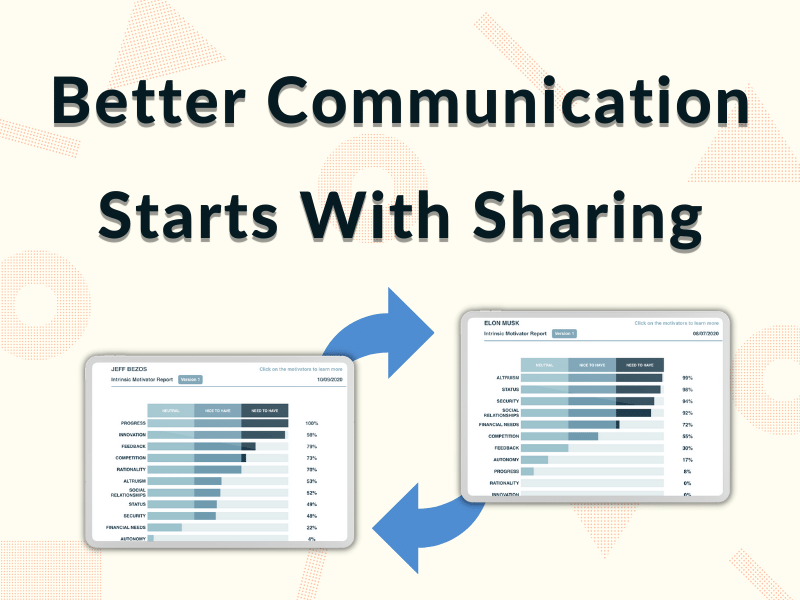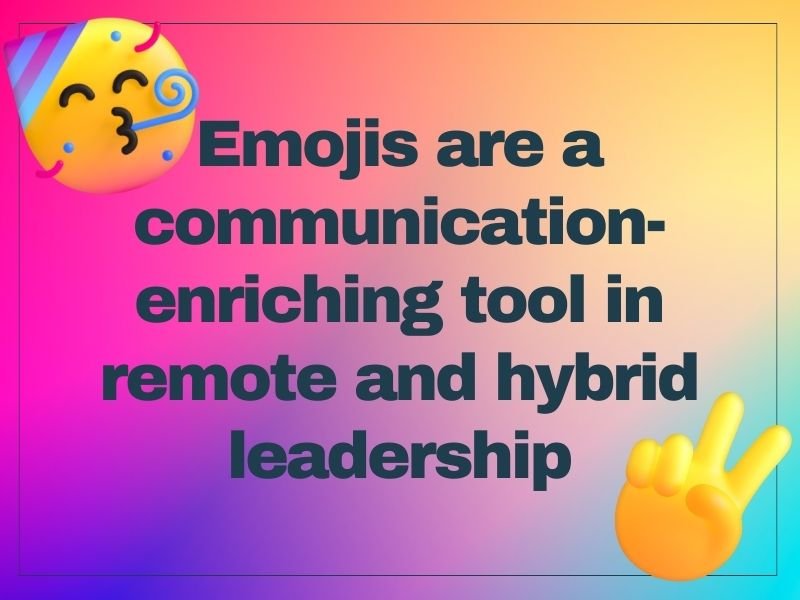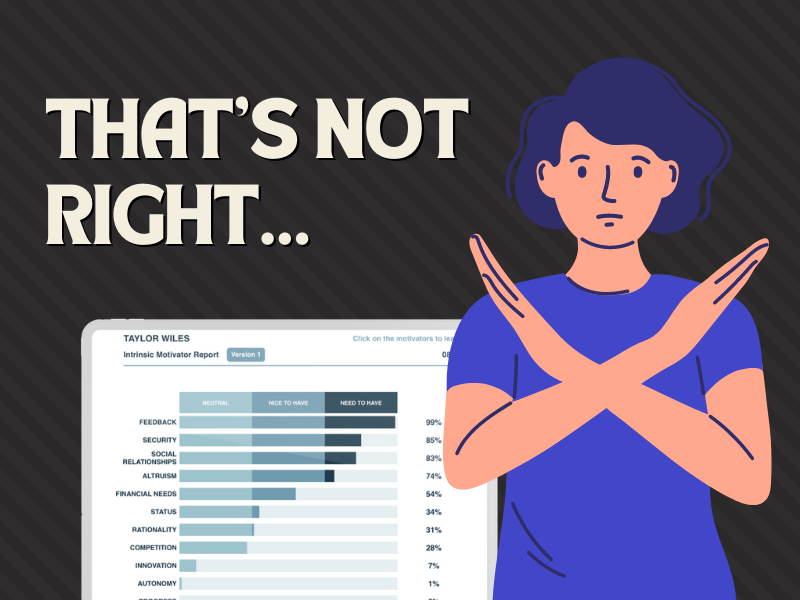The first time I asked my new teammate for her Attuned report, she was reluctant to share.
Her Financial Needs score was high, and she thought this was something to be embarrassed about. I reassured her that there was nothing wrong with that, and that no one Motivator was better or worse than any other. And yet, it got me thinking about her concerns and how best to approach them.
When people first take the Attuned Motivation Assessment and see words like “Financial Needs” and “Status”, it’s understandable that they might jump to conclusions as to what those terms mean. Similarly, some might see that they have low scores for certain Motivators and think that this is a reason to worry. For example, one engineer I spoke with who had just started his own business was concerned about his low score in Autonomy. But obviously this didn’t mean he couldn’t get work done by himself—just that it wasn’t a strong motivating factor for him.









